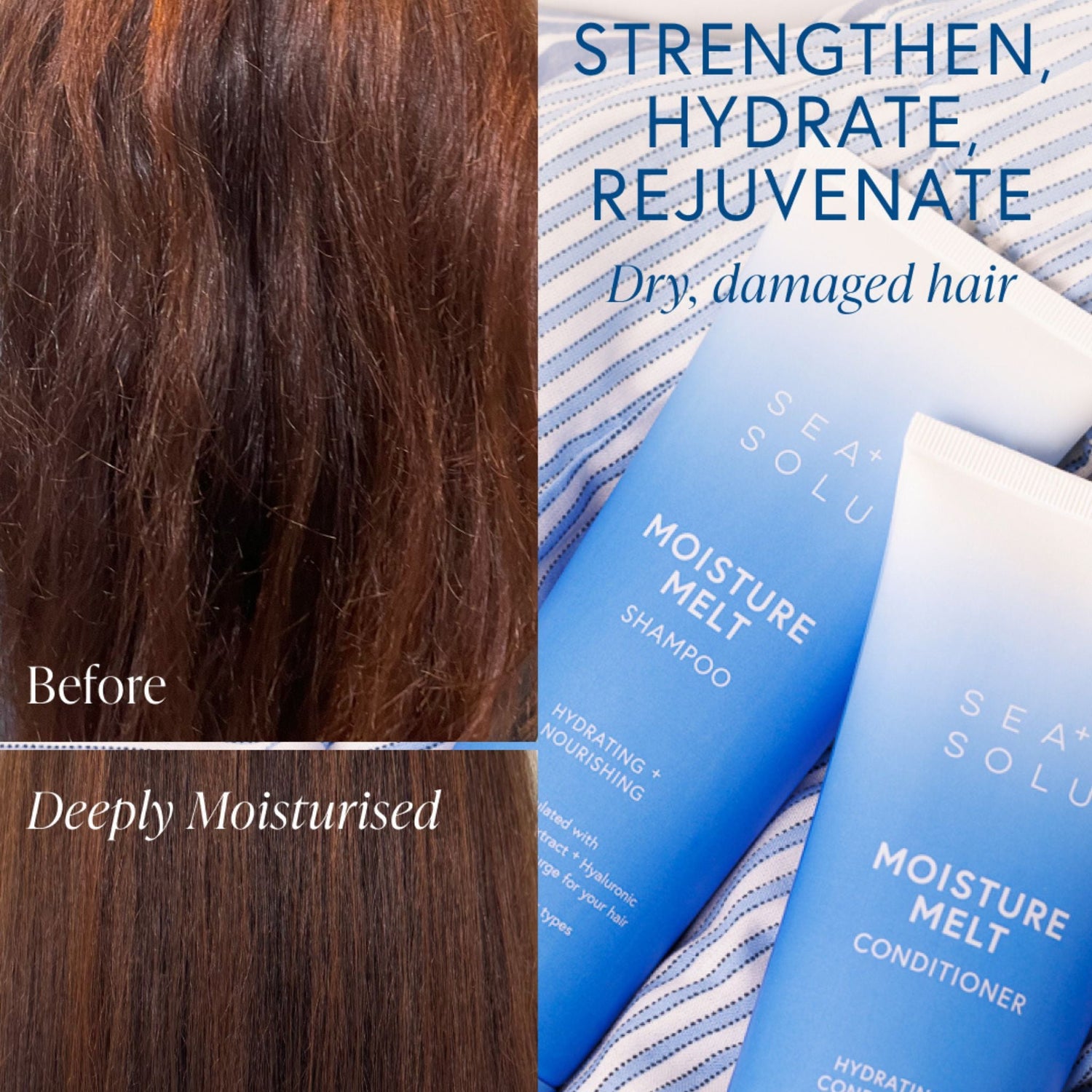Have you ever experienced irritation after using a new shampoo or conditioner? You might be allergic to sulfates, common ingredients in many haircare products. Understanding how to identify and manage this sulfate allergy can make a significant difference in your hair and scalp health.
Signs and Symptoms of a Sulfate Allergy
Recognizing the symptoms of a sulfate allergy is the first step towards better haircare. Here are some common signs to look out for:
- Skin Irritation: Redness, itching, or a rash on the scalp, neck, or areas where the product has touched the skin.
- Dryness and Flaking: Excessive dryness of the scalp, leading to noticeable flaking or dandruff.
- Swelling: Swelling of the scalp or surrounding areas, such as the face and neck, can indicate an allergic reaction.
- Blisters or Hives: Small blisters or hives on the scalp or other exposed skin areas are a clear sign of a reaction.
- Burning or Stinging Sensation: A burning or stinging feeling on the scalp during or after using the product.
- Hair Issues: If your hair becomes excessively dry, brittle, and more prone to breakage, it could be due to a sulfate allergy.
Steps to Determine a Sulfate Allergy
If you suspect you might be allergic to sulfates, follow these steps to confirm it:
- Patch Test: Apply a small amount of the product to a small skin area, like behind your ear or on your inner forearm. Wait 24-48 hours to see if any reaction occurs.
- Elimination Method: Stop using all products containing sulfates for a period and monitor if symptoms improve. Gradually reintroduce sulfate-containing products one at a time to see if symptoms recur.
- Consult a Dermatologist: A dermatologist can perform allergy tests and provide professional advice on managing and identifying allergies.
- Reading Labels: Check for ingredients such as sodium lauryl sulfate (SLS) or sodium laureth sulfate (SLES) in your haircare products and consider switching to sulfate-free alternatives.
Managing a Sulfate Allergy
If you identify a sulfate allergy, managing it effectively is crucial for maintaining healthy hair and scalp. Here are some tips:
- Sulfate-Free Products: Opt for sulfate-free shampoos and conditioners. At SEA+SOLU we never use sulfates in any of our products. These products are often labeled as such and are widely available. The SEA+SOLU Moisture Melt Shampoo is not only sulfate-free shampoo but contains the highest quality in ingredients and actives to gently cleanse your hair and scalp.
- Gentle Cleansers: Use haircare products with gentler cleansing agents like cocamidopropyl betaine or decyl glucoside.
- Natural Ingredients: Choose products with natural ingredients that are less likely to cause irritation.
Why Go Sulfate-Free?
Sulfate-free products are not only beneficial for those with allergies but are also gentler on your hair and scalp. They help maintain natural oils, leading to healthier, shinier hair and a more comfortable scalp.
Conclusion
Understanding if you are allergic to sulfates in haircare products is essential for maintaining your hair and scalp health. By recognizing the signs, conducting tests, and switching to sulfate-free products, you can avoid discomfort and enjoy healthier hair. If you suspect a severe allergic reaction, such as difficulty breathing or swelling of the face and throat, seek immediate medical attention.
Find the best in class sulfate free haircare products at SEA+SOLU





